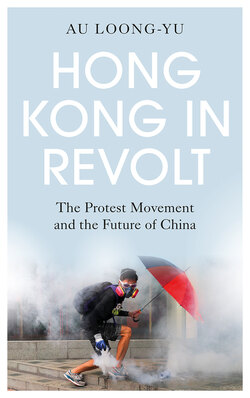Читать книгу Hong Kong in Revolt - Au Loong-Yu - Страница 24
Tactics
ОглавлениеIn terms of political objectives, there is continuity between the Umbrella Movement and the 2019 revolt in that both were pursuing universal suffrage. It is this which partly allowed the latter to continue its mobilisation even after Carrie Lam announced the withdrawal of the extradition bill. On the other hand, in terms of tactics, the 2014 movement was very different from the 2019 revolt. While the former’s main tactic was to occupy the main thoroughfares of Hong Kong Island and Kowloon, the latter consciously avoided this tactic from the very beginning. Once the 9 June demonstration had proven the enthusiasm of the people, online agitation chose the ‘be like water’ tactic instead, which meant demonstrating and confronting the police in a mobile way. The term can be traced to online discussion quoting the words of the kung-fu master Bruce Lee:
Empty your mind, be formless, shapeless, like water. Put water into a cup. It becomes the cup. Put water into a teapot. It becomes the teapot. Water can flow or creep or drip or crash. Be water my friend.
Protests that obtained a license in advance usually had a start and an end point and so were less likely to ‘be like water’. ‘Illegal’ protests, especially towards the later period when the police became even more ferocious, had to ‘be like water’ to avoid arrests. In this period, most legal marches were also likely to end up ‘like water’ because they were not able to march to the planned end point, as the police used all kinds of excuses to break up the marches, forcing protesters to disperse into small batches in every direction.
What is interesting to note is that the two biggest confrontations in November, namely the occupation of CUHK and PolyU, were in opposition to the ‘be like water’ tactic. Rather, they looked more like ‘a war of position’ than ‘a war of movement’.
